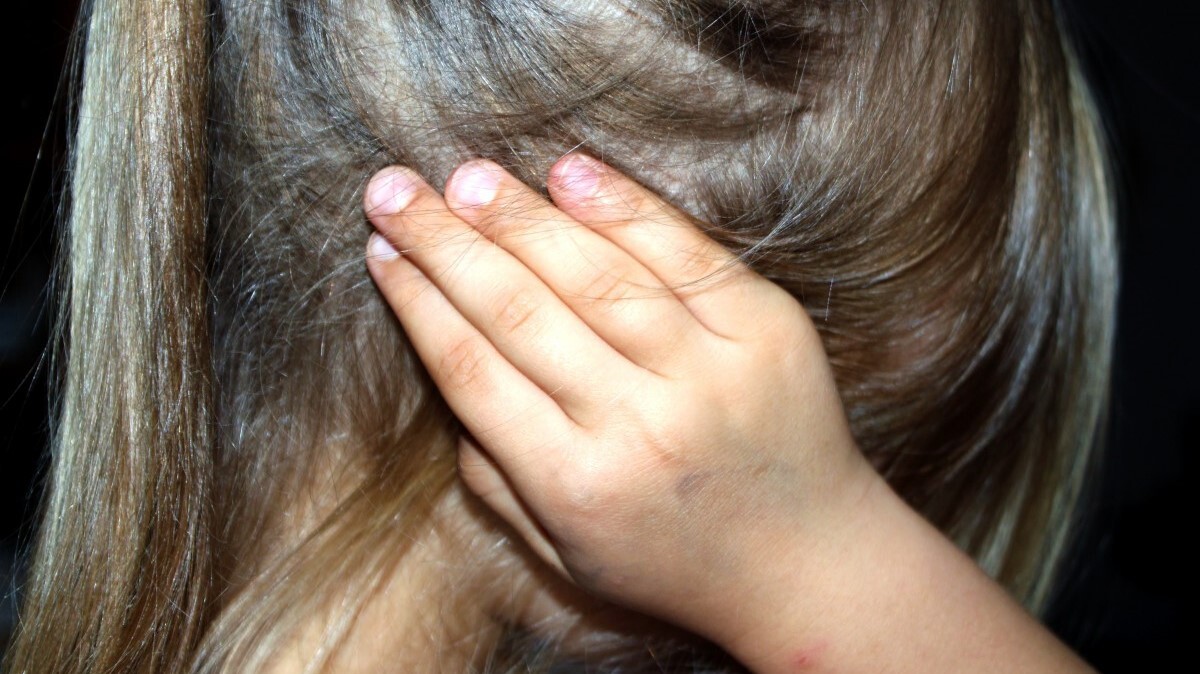The eustachian tube is about 1 1/2 inches long and connects the middle ear with the throat. | PxHere.com
The eustachian tube is about 1 1/2 inches long and connects the middle ear with the throat. | PxHere.com
• Allergies and infections are the most common causes of eustachian tube dysfunction (ETD).
• ETD might resolve on its own, but if symptoms last longer than two weeks, it's recommended to see a doctor.
• Treatment options include at-home remedies, prescription antibiotics or surgical procedures.
Eustachian tube dysfunction can be uncomfortable, but fortunately there are treatment options available for patients, according to Dr. Franklyn Gergits of the Sinus & Allergy Wellness Center.
"The eustachian tube is the tube that bridges the space behind the eardrum to the back of the nose," Gergits told NE Valley Times. "We oftentimes will think of that tube when we're in an airplane, changing altitudes. Sometimes we might have ear pain or discomfort. Certainly, we probably can think of children who might cry during those changes in altitudes. Their eustachian tubes are more immature. They're always open and they're shorter."
Gergits explained how the eustachian tubes can cause some pretty disturbing symptoms in people who might not realize they have ETD.
"As we age, the eustachian tube becomes more angled," Gergits said. "But some people might have eustachian tubes in the back of the nasal cavity that can cause symptoms such as hearing loss, dizziness, ear pressure and ringing in the ears. If we can address the eustachian tube and help it come back to its normal health, those ear symptoms can be resolved."
The eustachian tube connects the middle ears to the upper throat, and if the tube becomes blocked, it can lead to hearing problems, ringing in the ears, balance issues, discomfort similar to an ear infection, or a feeling of fullness in the ears, according to the Cleveland Clinic. This condition is called eustachian tube dysfunction, and it can be caused by allergies, a common cold, the flu or chronic acid reflux.
The symptoms might get worse with altitude changes, such as on an airplane or while scuba diving. ETD frequently resolves on its own, but if symptoms last for more than two weeks, it's recommended to visit a doctor.
At-home remedies to resolve ETD include chewing gum, yawning, swallowing or using a saline nasal spray. People whose ETD has been caused by allergies could clear up their symptoms by using an antihistamine or other over-the-counter medications. People whose ETD has been caused by an infection might be prescribed antibiotics, according to Cleveland Clinic.
If at-home remedies or medications do not resolve ETD, a doctor might recommend a surgical treatment. One option is eustachian tuboplasty, also known as eustachian tube balloon dilation. This surgery is relatively new and involves a doctor inserting a small balloon through the nasal passage into the eustachian tube and then inflating the balloon. The balloon remains inflated for about two minutes before the doctor deflates and removes it. Patients typically recover from this surgery within one day.
Other surgical treatment options for ETD include myringotomy and pressure equalization tubes. During a myringotomy, the doctor makes a small incision in the eardrum, allowing fluid to drain from the middle ear. Patients typically need three to four weeks to recover. Pressure equalization tubes are placed by a surgeon inside the eardrum and allow for proper ventilation to the middle ear. The tubes are typically left in place for 12 to 18 months.
To learn more about the symptoms of allergies, sinusitis and ETD, take this Sinus Self-Assessment Quiz.




 Alerts Sign-up
Alerts Sign-up